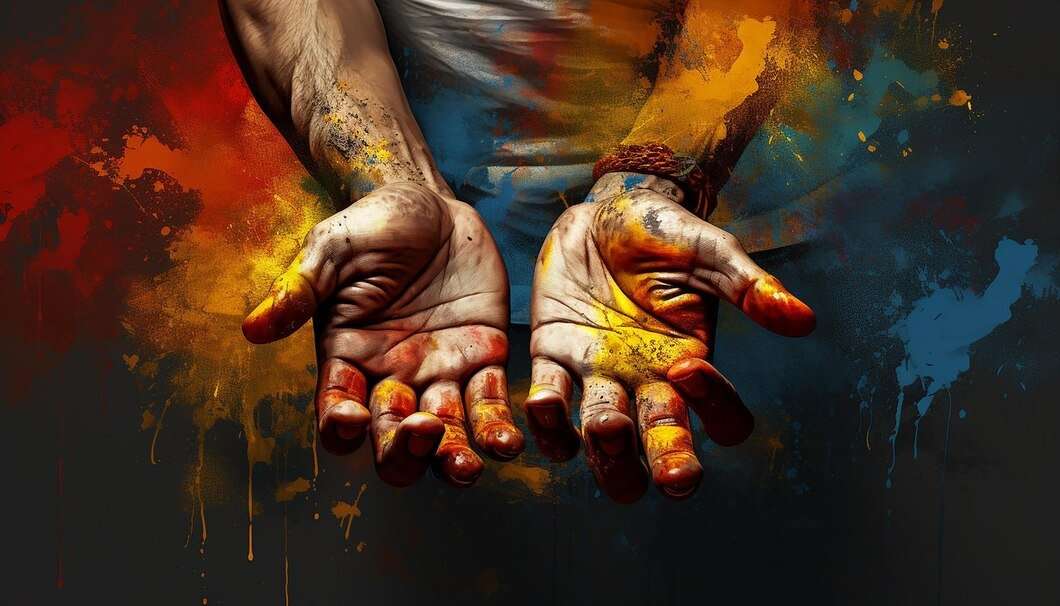The soul is an element that has deeply and forever been part of human thought, flowing through the beats of culture, religion, and art. Across history, civilizations strived to interpret and symbolize the soul’s essence, giving a glimpse into their beliefs about life, death, and the afterlife. In this paper, we will delve deep into the rich symbolism of the soul across different cultures and traditions that reveal a universal quest to understand our inner being.
Table of Contents
The Soul in Ancient Cultures
Ancient Egypt
- The soul was complicated in structure and consisted of a few parts: the Ka, Ba, and Akh, according to the Ancient Egyptians. The Ka stood for one’s vital essence or will to live, while Ba was like personality or individuality. The Akh is the transformed spirit after death that could dwell among gods.
- Symbolically, birds were considered a significant representation of the soul, probably owing to the Ba picture: a bird with a human head, able to fly from one world to another—from that of the living to that of the dead.
Ancient Greece
The Greeks conceptualized the soul with terms like Psyche and Eidolon. Psyche is often represented through a butterfly; it meant transformation and symbolized immortality. Eidolon was the phantom or ghost surviving after death. Greek mythology is overflowing that narrates the soul’s progress, principally within Homer’s epics, where the fate of the souls in the afterlife is the central motif.
The Soul in Religious Traditions
Christianity
To Christian theology, a human soul is the perpetual essence that reflects God. Hence, he teaches extensively on destiny as uniting with God in heaven or being condemned to hell for poor deeds done on earth. Symbolically, it takes the form of a dove as it means peace and the Holy Spirit. Light and fire are other standard symbols which represent purity and divinity.
Hinduism
Hinduism is a complex religion with deep views on the soul, referred to as Atman. The Atman means a person’s eternal, unchanging self that goes beyond physical existence, ultimately identical to Brahman—supreme universal spirit. Exists One of the Strengthiest symbols of Hinduism, which is the lotus flower; it epitomizes purity and spiritual enlightenment and soothes souls struggling to find enlightenment. Two basic concepts are Samsara, or the cycle of birth, death, and rebirth, and Moksha: liberation of the soul from this cycle.
Buddhism
Contrasted to the eternal soul, Buddhism promulgates anatta or no soul. It has stressed the momentary and relational existence of every phenomenon. Its unique symbols include the Wheel of Dharma, which symbolizes the circle of birth, death, and rebirth, samsara, and the path to enlightenment, Nirvana. One predominant symbol is the lotus flower, symbolizing purity and spiritual enlightenment.
The Soul in Philosophy

Plato’s Tripartite Soul
- The most influential theories to have developed for the soul are those coming from Plato. In his philosophy, Plato posited a tripartite model where he mentioned a soul that is differentiated into three parts: Logos, which means reason; Thumos, or spirit; and Epithumia, meaning appetite.
- That is, this model proposes that the balanced soul accords reason supremacy over other abilities, such as spirit and appetite—that in just and virtuous living, the rule of reason characterizes the human being.
- The concept can be dramatically demonstrated by the following allegory: there is a charioteer who is controlling two horses, one representing reason, one representing spirit, and one representing appetite.
Descartes’ Dualism
The famous declaration of René Descartes, “Cogito, ergo sum” (“I think, therefore I am”), was to confirm his belief in the soul as the thinking, non-material substance distinct from the body. From here on, Descartes’s dualism has bequeathed an array of succeeding philosophical debates about the mind-body relationship and the nature of consciousness.
The Soul in Art and Literature
Visual Arts
Artists, across ages and eras, have tried to express the soul with the help of various media. More recent and modernist interpretations of abstract art try to delve into this very intangible aspect of capturing spiritual emotions by using colors, shapes, and forms.
Literature
Literature provides fertile ground in which investigation of this nature may ensconce upon the soul. A significant number of works, including Dante’s “Divine Comedy” and Goethe’s “Faust,” are concerned with detailing one’s journey of the soul through its struggles for redemption. The more recent literary answer continues to ruminate on big questions of identity, purpose, and the soul’s drive for meaning in a chaotic world, seemingly often Flynn.
The Soul in Contemporary Culture
Popular Culture
The soul has retained its symbolic power in contemporary popular culture, insightfully explored by dozens of films, music, and literature. For instance, Pixar’s “Soul” explores the very nature of existence and what gives life meaning. Music—especially soul and gospel genres—talks about profound emotional and spiritual experiences, connecting with audiences at a deeper level.
Personal Growth Modern wellness and personal development movements are often invoked under the rubric of soul, with their holistic approaches to health integrating mind, body, and spirit.
Conclusion: Symbolism of the Soul
The symbolism of the soul is an intricate tapestry informed by cultural, religious, philosophical, and artistic threads from all over. Throughout history, it has belonged to the ongoing efforts of humankind, recorded to elucidate itself itself in relation to its place in the universe across a multiple time frame and cultures.
Whether through the ancient prism of mythology, religious doctrine, philosophical investigation, or most recently artistical expression, the soul is an immortal and powerful symbol for our deeper existence and mysteries both of life and what lies beyond.
FAQs
- What is the soul to ancient cultures?
In ancient cultures, just like in Egypt and Greece, the soul can mainly be expressed through such images as birds and butterflies, various terminology mirroring its wandering, and transformation.
- What do Hindus believe about the soul?
In Hinduism, the soul, or Atman, is considered an eternal self-identical to Brahman. Another vital symbol representing the soul’s journey toward enlightenment is the lotus flower.
- What is the Buddhist perception of the soul?
Buddhism teaches Anatta or no selfness—which means negation of the permanent soul. Significant signs for enlightenment are the wheel of dharma and the lotus.
